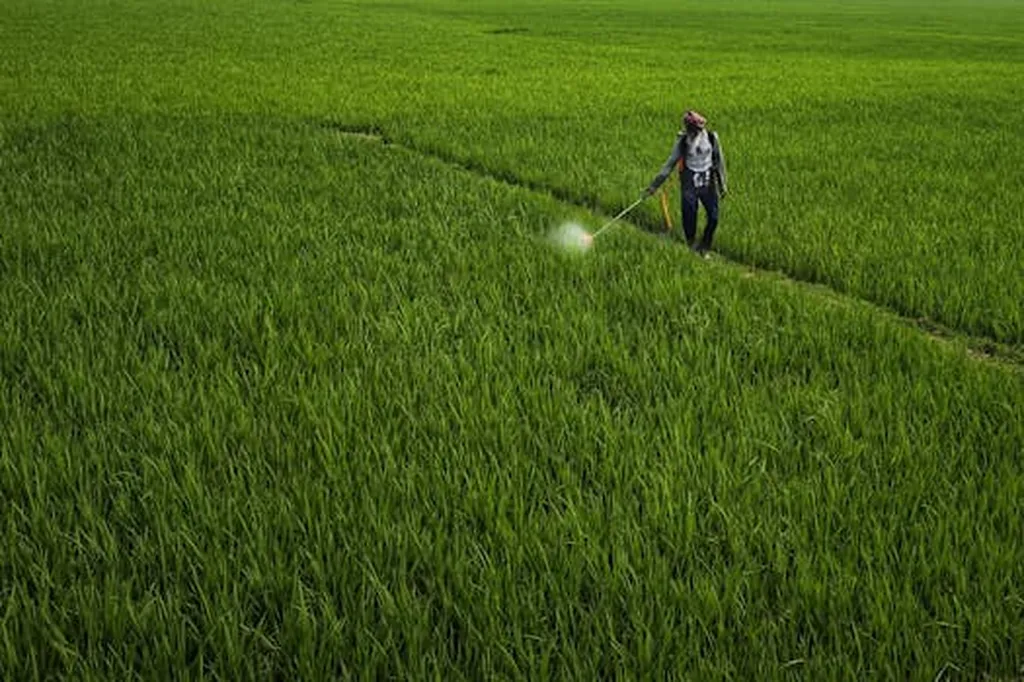In the heart of India’s agricultural landscape, a quiet revolution is brewing, one that could reshape the way we tackle one of farming’s most persistent challenges: weed management. At the forefront of this innovation is K. Gopalakrishnan, a researcher from the Department of Computer Science and Business Systems at Dr. N.G.P. Institute of Technology, who has developed a groundbreaking automated system for weed and crop recognition and classification. This system, dubbed AWRC-DLMLO, is not just another academic exercise; it’s a potential game-changer for the agricultural sector, with significant implications for energy and environmental sustainability.
The problem Gopalakrishnan’s research addresses is a familiar one to any farmer: weeds. These unwanted plants compete with crops for resources, leading to reduced yields and increased costs. Traditional methods of weed control, such as extensive pesticide use, come with their own set of problems, including environmental pollution and the development of herbicide-resistant weeds. “The need for organic agricultural products and pollutant-free environments is increasing,” Gopalakrishnan explains. “There is a crucial need for revolutionary solutions.”
Enter AWRC-DLMLO, a deep learning model that leverages the power of artificial intelligence to distinguish between weeds and crops with remarkable accuracy. The system uses a combination of Gaussian filtering for image pre-processing, Residual Attention U-Net for plant segmentation, and ShuffleNetV2 for feature extraction. But what truly sets it apart is the use of the lemurs optimization algorithm to fine-tune the deep learning model, enhancing its performance significantly.
The implications of this research are vast. For the agricultural sector, AWRC-DLMLO offers a precision agriculture tool that can reduce the need for harmful pesticides, lower agricultural expenses, and ultimately increase crop yields. But the benefits don’t stop at the farm gate. By promoting more sustainable farming practices, this technology can also contribute to the energy sector’s goals of reducing carbon emissions and promoting environmental stewardship.
Gopalakrishnan’s work, published in the journal ‘Scientific Reports’ (translated to English as ‘Scientific Reports’), is a testament to the power of interdisciplinary research. By combining computer science, agriculture, and environmental science, he has developed a tool that could shape the future of farming. As we look ahead, the potential for similar innovations to address other agricultural challenges is immense. This research is not just about recognizing weeds; it’s about cultivating a more sustainable future.
The AWRC-DLMLO method’s success highlights the potential of deep learning and optimization algorithms in agriculture. As Gopalakrishnan puts it, “The extensive outcome highlighted the improvements of the developed AWRC-DLMLO technique over other existing models.” This statement underscores the significance of the research and its potential to drive future developments in the field. With further refinement and widespread adoption, AWRC-DLMLO could become a cornerstone of smart agriculture, paving the way for more efficient, sustainable, and productive farming practices.

